Making Injera at Home with Teff Flour
44 min read Master traditional injera at home with 100% teff flour—starter basics, fermentation timing, batter tips, and cooking technique for spongy, tangy flatbread. October 12, 2025 18:10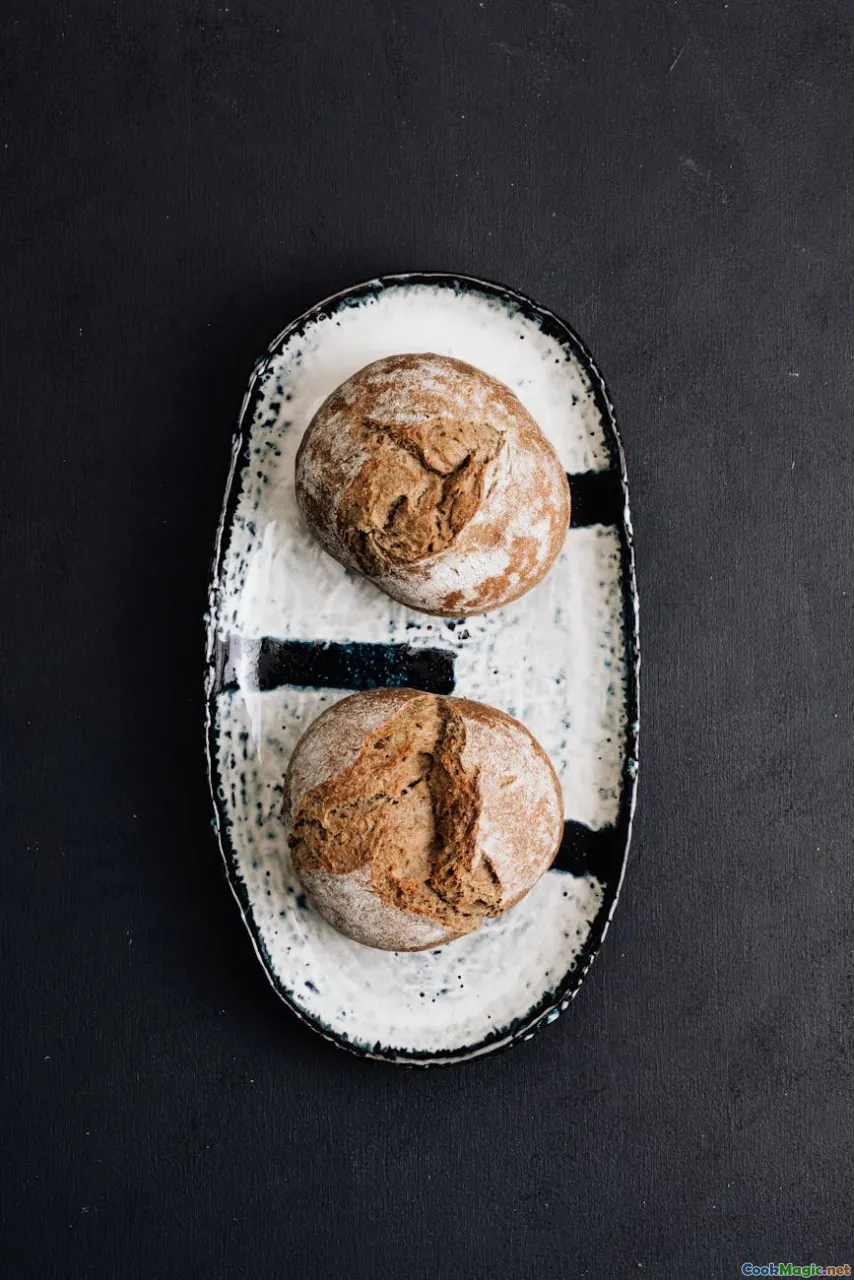
The first time I smelled fermenting teff, I was in a sunlit kitchen in Addis Ababa, the city still blue with dawn. The bowl on the counter breathed like a small animal. It exhaled a gentle sourness laced with toasted hay and cocoa, a scent that made me think of warm bark and rain-damp stone. A woman named Almaz pulled a cloth aside with the solemnity of a ceremony and touched the batter with the back of her spoon; it sighed and settled. Later, when she poured the batter in a spiral onto the hot mitad, the surface opened into hundreds of tiny eyes, as if the bread itself were waking. She covered it, steam whispering around the lid, and in a minute lifted a disk big as a drum skin: a moon of bread, freckled and plush, perfumed with acidity and grain.
Making injera at home with teff flour is not just an act of cooking; it is participation in a living tradition. You learn to read a batter the way you read mood on a friend’s face—by scent, small bubbles, how the batter tears or yields. You taste history in its tang. You hear the soft sizzle as the first bubbles surface on hot metal. Injera is a bread, yes, but also a plate, a utensil, and a communal gesture. When you eat it, you tear it with your fingers, scoop stew, and hand a bite—gursha—to someone you love. That is what this bread knows how to hold.
What injera is and why it matters
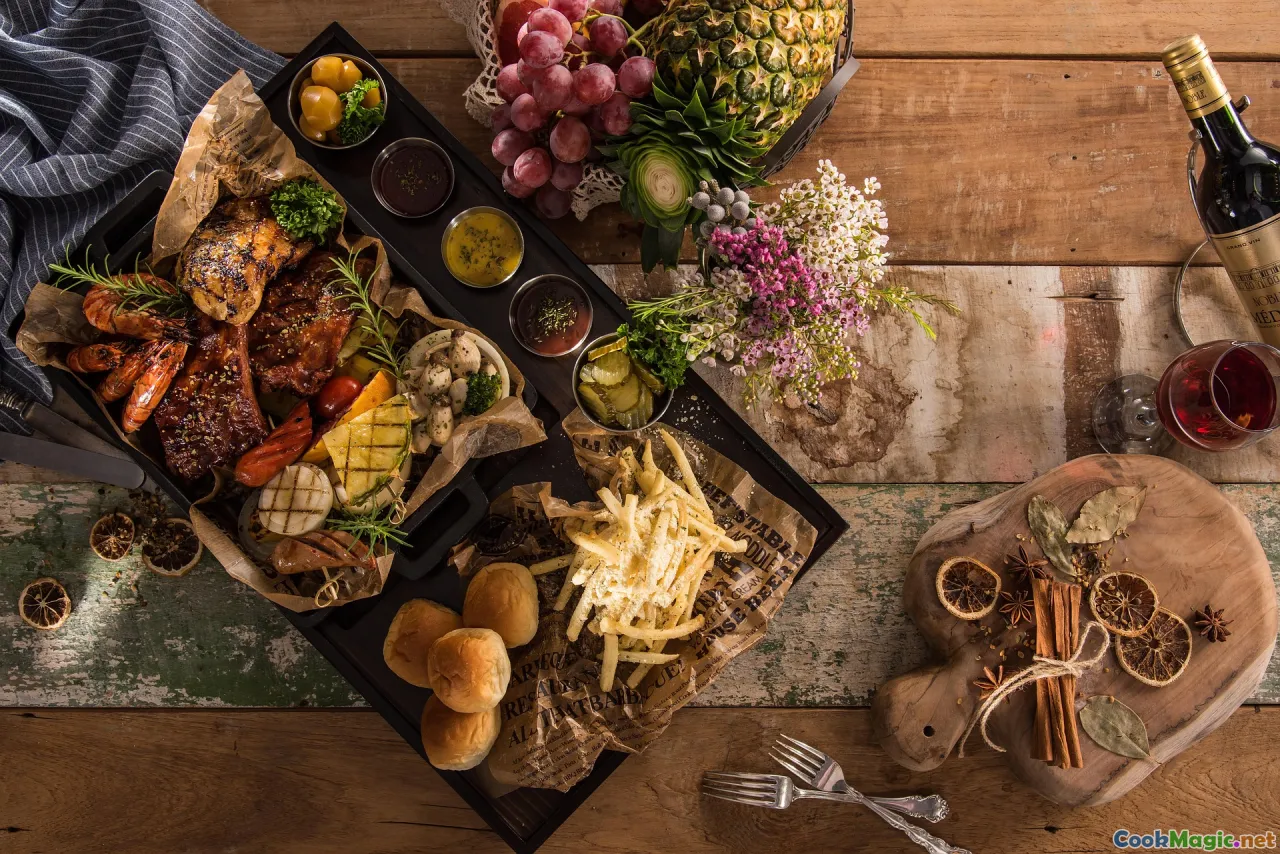
Injera is the sourdough flatbread at the heart of Ethiopian and Eritrean cuisine. It is soft and springy, subtly sour, and riddled with tiny craters called eyes. A good piece folds like velvet, drapes like cloth, and drinks up sauce like gentle sponge. It is both platform and partner to wot—simmered stews scented with berbere—along with shiro, misir (red lentils), gomen (braised greens), tibs (sautéed meat), and atakilt (cabbage and carrot).
At lunchtime in Addis Ababa’s Merkato, I once watched a platter arrive like a landscape: a sunburst of injera with a constellation of stews. It is edible cartography. Each dish sits on the bread, which collects every drop of sauce and becomes more delicious as you eat. The last piece of injera is the prize: it is the most saturated, the deepest memory of the meal.
Injera matters because it holds together more than food. It holds conversation and time. Orthodox fasting seasons shape the daily table, and injera gracefully accompanies vegan spreads on Wednesdays, Fridays, and lengthier Lenten fasts. At birthdays and weddings, injera is folded into fans and layered like fabric. In diaspora restaurants from Washington, DC’s U Street to London’s Little Ethiopia on Caledonian Road, it is the taste that carries a home across oceans.
Teff: Ethiopia’s ancient grain with a modern passport

Teff is the grain that gives injera its flavor and spirit. Eragrostis tef, a tiny annual grass domesticated in the Ethiopian highlands around 3,000 years ago, is smaller than a poppy seed yet willing to grow where others fail. Wind shakes it loose, farmers cradle it in woven baskets, and a whisper of it can feed a household. Unlike wheat or rye, teff has no gluten. Its strength is elsewhere: in its mineral sweetness and gentle earthiness, in the calcium that surprises, in the iron that lingers on the tongue.
Teff comes in colors—ivory, tan, brown, and deeper red-brown. Brown teff carries flavors of cocoa husk, toasted hazelnut, and petrichor; ivory teff is lighter, with aromas of raw honey, chamomile, and sweet hay. In Addis, a friend swears by a blend of brown for depth and ivory for springiness; in the States, I’ve used Maskal (The Teff Company) and Bob’s Red Mill teff flours with great success. Ethiopian groceries often carry freshly milled teff and, sometimes, premixed injera flour that includes sorghum or barley.
There is a practical truth: while 100 percent teff injera is the gold standard in many parts of Ethiopia and Eritrea, diaspora bakers often blend small amounts of sorghum or wheat for pliability, especially when cooking on smaller pans. We will lean into pure teff here and succeed by cultivating fermentation and using a classic technique called absit. The result is gluten-free injera with remarkable lift and tenderness.
The living science of fermentation: sour, soft, and full of eyes
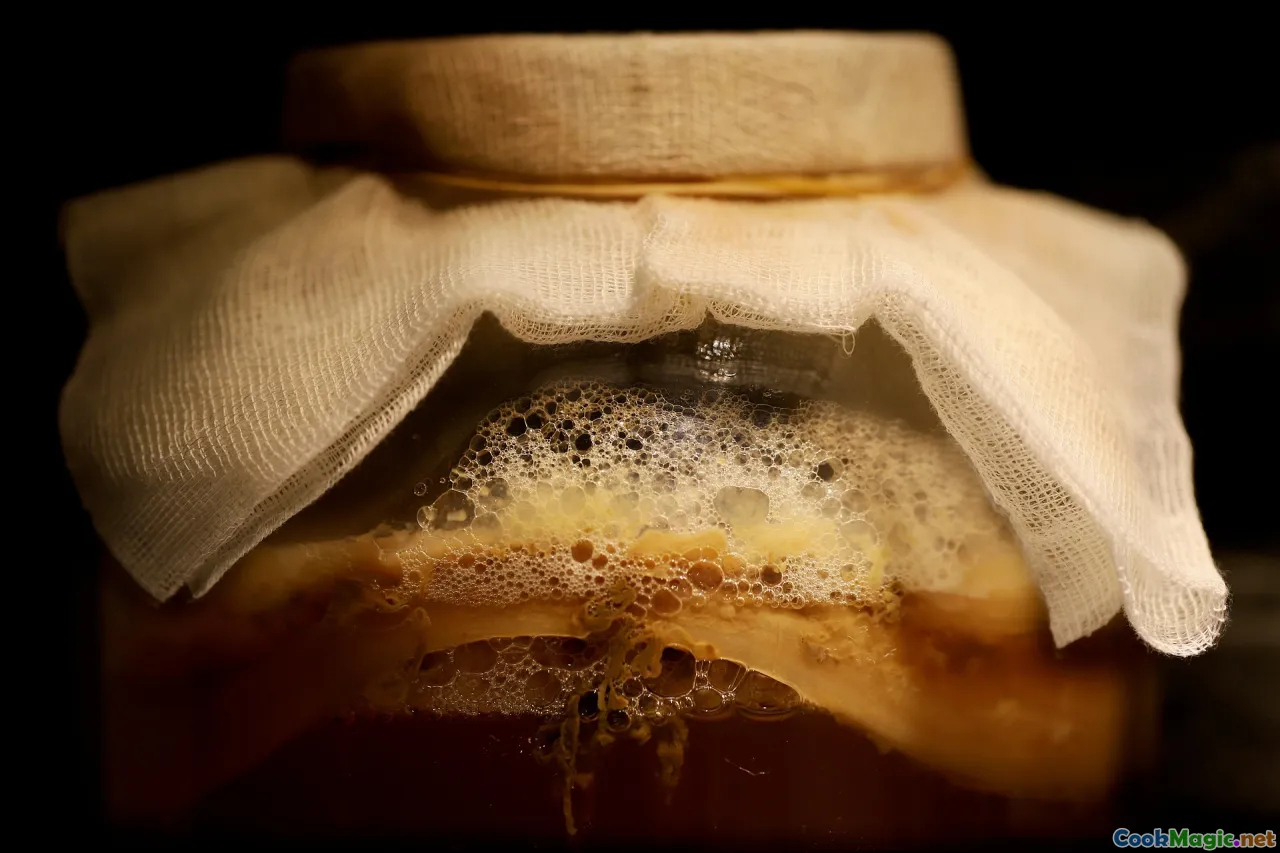
Teff batter ferments via wild yeasts and lactic acid bacteria that colonize the flour and your kitchen. Give them time and the right temperature, and they create a microcosm of acidity and bubbles. The bacteria lower the pH—often landing between 3.8 and 4.2—producing lactic and acetic acids that we taste as lemony tang and a subtle cider note. Yeasts generate carbon dioxide, inflating countless eyes that you see when the batter hits heat.
If you love sourdough, you will recognize this cadence: flour and water invite invisible guests to a slow party. But injera batter is thinner and more delicate, and the dance is guided by a brilliant old trick called absit, a gelatinized paste made from the batter itself. By cooking a small portion of fermented batter into a glossy, starchy slurry and returning it to the main bowl, you set the batter’s structure like a gentle net. This is what creates tenderness and those iconic holes.
The process is forgiving. It rewards attention more than perfection. Keep a nose for aroma: cleanly sour, slightly malty, never sharp or rotten. Watch for bubbles clustered like constellations, a light schism between a watery top layer and creamy batter below. With each batch, you will learn to read signs: a slow foam means the room is cool; a too-rapid tang might mean a starter that needs feeding.
My first household starter: memory in a jar
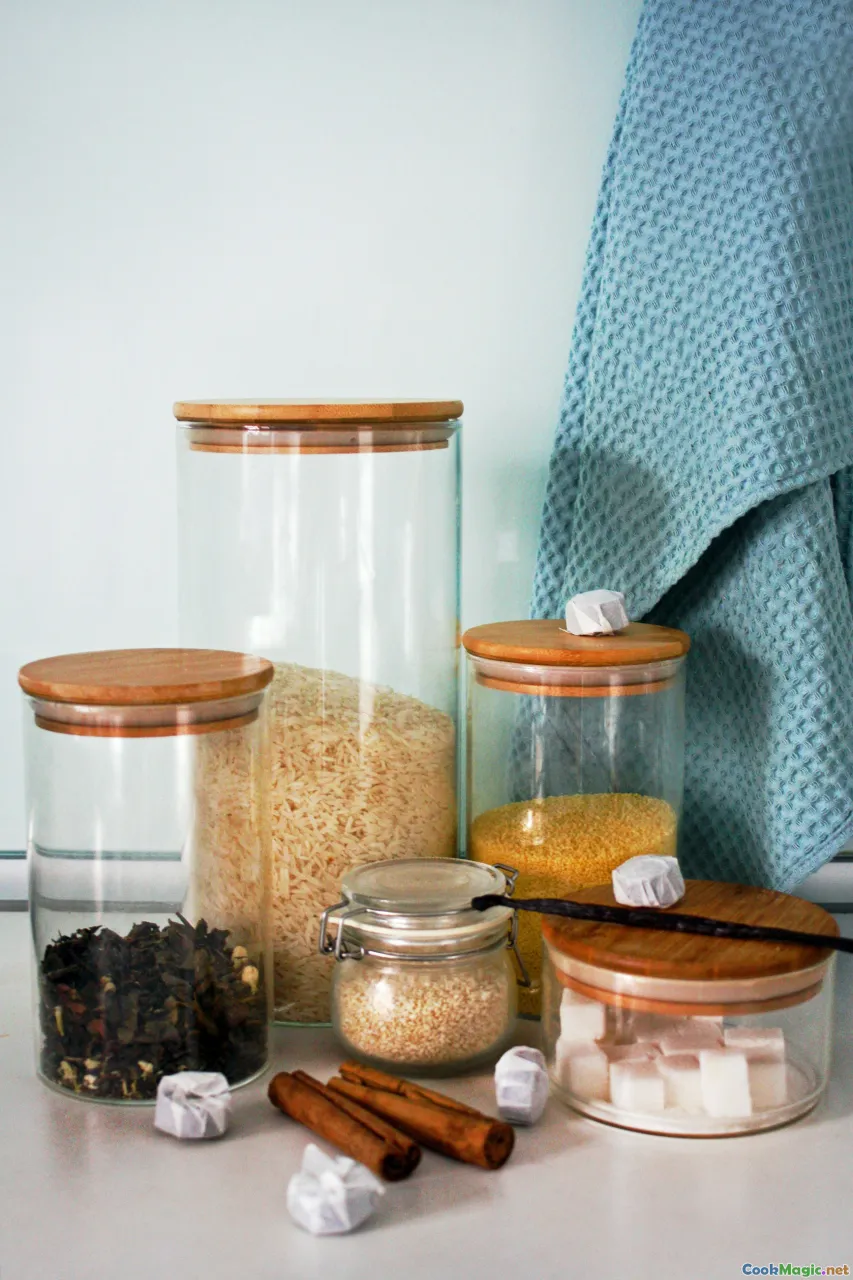
In my own kitchen, thousands of miles from Addis, I keep a small glass jar with a cloth cover. My ersho—the liquid from a previous batch—lives there, a thin amber that smells like tart apple peels and warm soil. The first time I grew it, I mixed 50 grams of brown teff with 60 grams of filtered water, stirred until smooth, and left it at 24–26°C (75–79°F). By day two it breathed faintly. By day three it had freckles of bubbles and a pleasing sourness. I fed it again with equal parts flour and water and watched it wake faster.
Water matters. Chlorinated tap water can slow fermentation, so I use filtered or let the water stand overnight to let chlorine dissipate. Temperature matters, too. If your kitchen is cool, you can tuck the starter into your oven with the light on, or near a warm appliance. If your kitchen is hot, fermentation will speed; you might shorten times and refrigerate to keep flavors clean.
Tools and sourcing: building a tiny injera station at home

You do not need a traditional clay stove to make injera at home, though if you have access to a large electric mitad (sometimes sold as a heritage or multi-purpose 16-inch griddle), you will love the large, even surface. Many diaspora cooks use a lefse griddle for similar reasons. A 12-inch nonstick skillet or crepe pan also works beautifully, especially with practice.
A short list of tools and ingredients:
- Teff flour: Maskal brown or ivory teff works reliably; Bob’s Red Mill teff flour is widely available.
- Filtered water.
- Fine sea salt.
- A medium to large bowl, ideally glass or stainless steel.
- A whisk or wooden spoon.
- A ladle or measuring cup for pouring.
- A lid that fits your pan to trap steam.
- Optional but useful: an infrared thermometer to read pan surface (aim for 200–230°C / 390–450°F), a pH strip for curiosity (pH ~4 is a good target), a rubber spatula.
If you live near Ethiopian groceries, ask for injera flour blends and fresh teff. In Washington, DC, I’ve found excellent teff near U Street. In Oakland, I’ve bought it at small markets around Temescal, and in Seattle near Central District restaurants. Online, The Teff Company ships nationwide.
A practical timeline: from dry flour to fragrant batter

Here is a three-day schedule that fits a regular workweek, producing 8 to 10 generous injera.
Day 1 (evening)
- Mix starter and batter base.
- Let it ferment overnight at room temperature.
Day 2 (evening)
- Check aroma and bubbles.
- Prepare absit and add to batter.
- Ferment again overnight.
Day 3 (morning or evening)
- Stir, season with salt.
- Adjust to pourable consistency.
- Heat pan and cook.
Temperature is the heartbeat. At 24–26°C (75–79°F), this rhythm produces a gently sour, lively batter. If your kitchen is cooler, extend each fermentation by 12 to 24 hours; if warmer, shorten. Trust your senses over the clock.
How-to, step by step: 100 percent teff injera at home

Ingredients
- 600 g teff flour (brown, ivory, or a mix)
- 900–1000 g filtered water, divided (start with 900; you will adjust)
- 8 g fine sea salt (about 1.5 teaspoons)
- Optional: 60 g active teff starter or 50 ml ersho (from a previous batch); if you have neither, the batter will still ferment, just slower
Day 1: Mix
- In a large bowl, whisk 600 g teff flour with 700 g water until smooth, the texture of loose pancake batter. If using starter or ersho, stir it in now.
- Cover with a breathable cloth and leave at room temperature for 18–24 hours. You should see small bubbles forming at the surface by the end of this period.
Day 2: Prepare absit and build structure
- The batter should smell pleasantly sour, not sharp. Stir to deflate. If a thin liquid has risen to the top, you can pour off some or stir it back in depending on how sour you like your injera.
- Remove 10 percent of the batter to a small saucepan (about 120 g). Add 120 g water. Cook over medium heat, stirring constantly, until it thickens to a glossy porridge—this is absit. You are gelatinizing the starch, making a paste that will lend body.
- Let the absit cool for a few minutes, then whisk it back into the main bowl thoroughly. The batter will become silkier.
- Cover and ferment another 12–18 hours.
Day 3: Season, thin, and cook
- Stir the batter. It should be aerated and pourable, with lively bubbles. Whisk in 8 g salt. Add additional water, a little at a time, until the batter is like heavy cream—fluid, not gloopy. In practice, I usually end around 1000 g total water for 600 g flour.
- Heat your pan or griddle: on a nonstick skillet, medium-high heat works; with an infrared thermometer, target 200–230°C (390–450°F). A droplet of water should skitter and evaporate quickly.
- Lightly wipe the pan with a barely oiled paper towel if your pan is new; a seasoned nonstick often needs no oil.
- Stir the batter before each pour. Ladle about 3/4 cup for a 12-inch pan. Pour in a spiral, starting from the outside and moving inward, tilting the pan to encourage even spread. Aim for a thickness of 2–3 millimeters.
- Watch for eyes to appear—first pinpricks, then larger bubbles that open and hold. This should happen within 20–40 seconds if the pan is hot enough.
- Cover with a lid and steam for 45–60 seconds. The surface should set, go from glossy to matte, and the edges should lift slightly.
- Do not flip. Slide a thin spatula under the edge or lift with your fingers and lay the injera on a clean cloth to cool. Repeat, re-stirring the batter each time.
Cooked injera should feel soft, flexible, and slightly bouncy. Stack them in a single layer to cool, then you can layer with parchment to store. The scent should be warm and tangy, with a faint sweetness under the sour.
Reading the signs: eyes, aroma, and texture
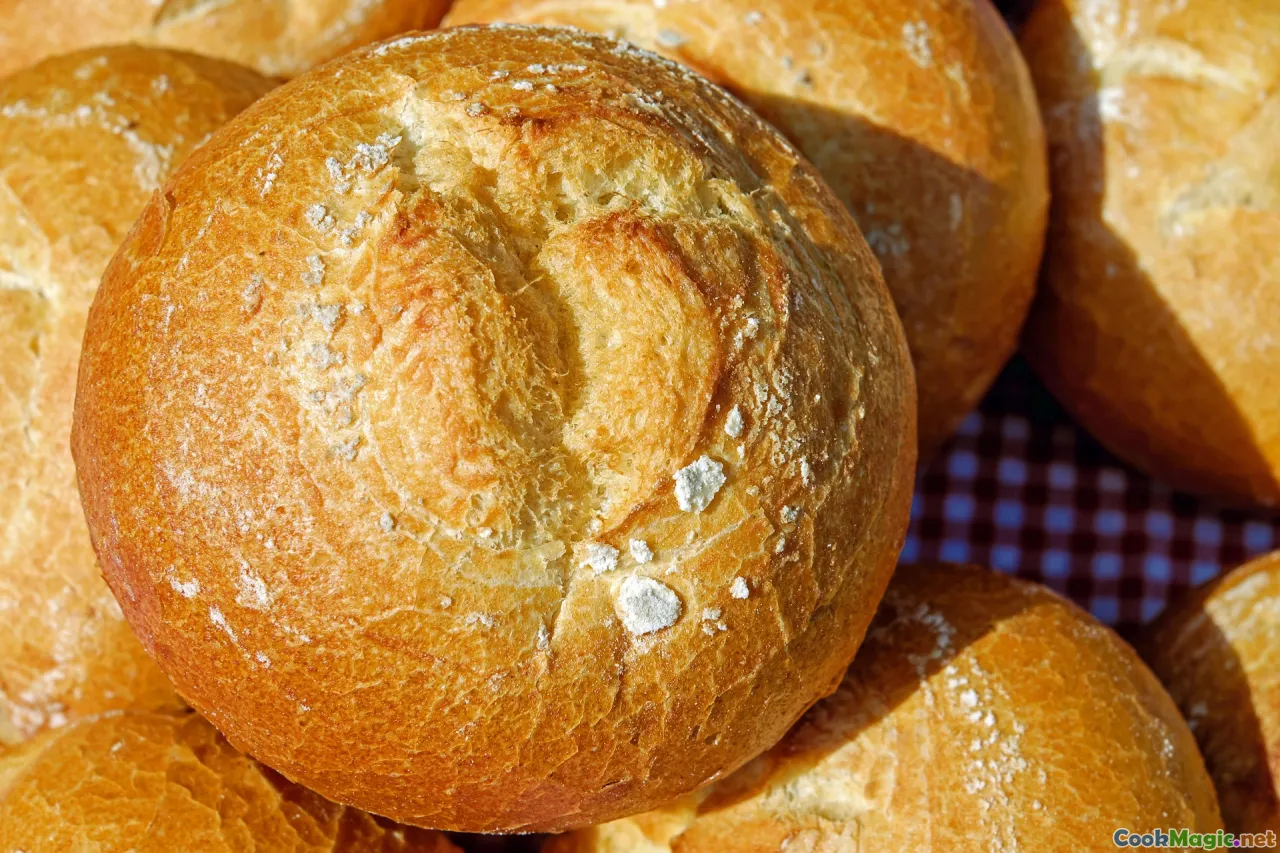
Good injera announces itself by look and feel. The eyes should be abundant and varied—constellations of tiny and mid-sized holes that look like rain hitting a pond. Too few eyes can mean batter that is too thick, insufficient fermentation, or low heat. Excessively large, collapsing holes can point to overly thin batter or a pan that is too hot.
Aroma is your compass: you want a clear, lemony acidity with hints of toasted grain. If the batter begins to smell harshly alcoholic, it has fermented too long or at too high a temperature; re-balance by whisking in fresh teff flour and water and allowing a shorter fermentation. If it smells flat, give it more time.
When you press the cooled injera, it should spring back slowly, leaving a dimple that half fills. When rolled, it should not crack. When eaten, it should cling to stew but not fall apart. If you hear the quiet hiss of steam when you lift the lid, you are in the right place.
Absit versus no-absit: a comparison for curious bakers
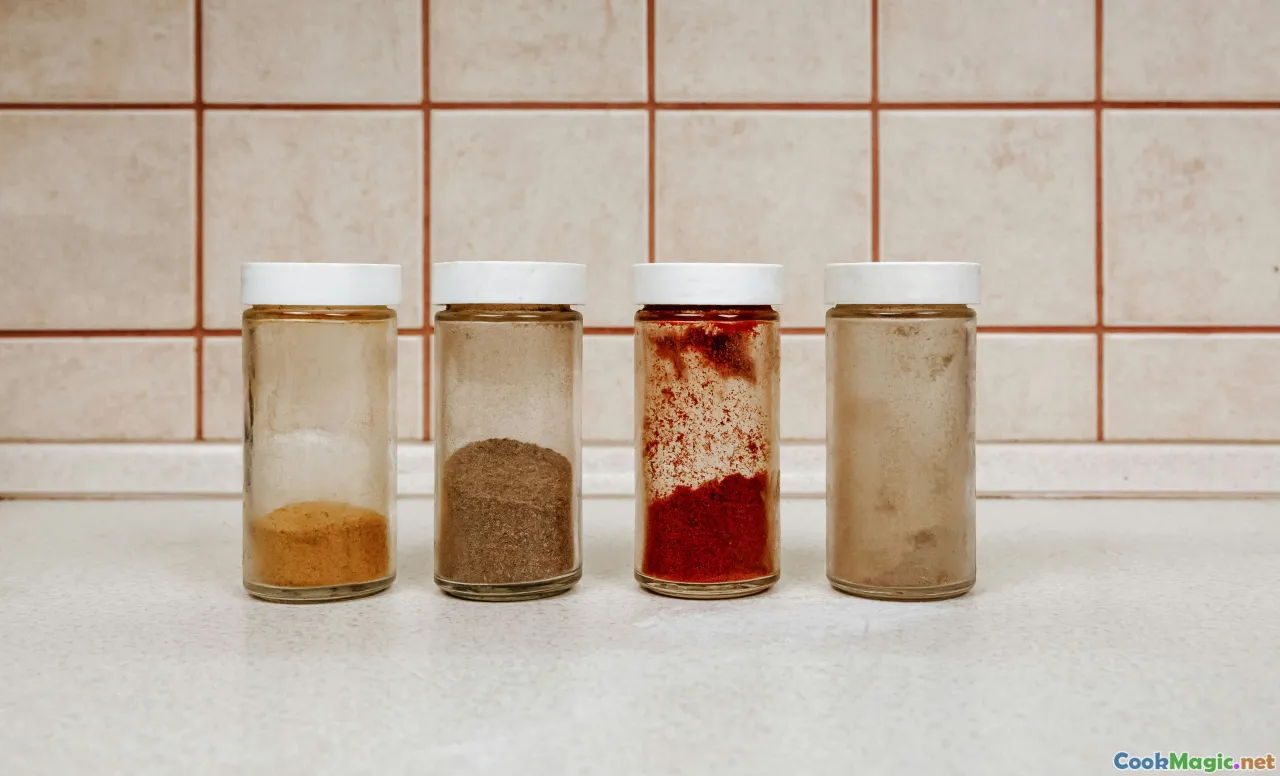
Absit is not strictly necessary, but it often marks the difference between good and great in 100 percent teff injera. In side-by-side batches, the absit bowl produces a bread with a satiny surface and deeper, more stable eyes. The gelatinized starch behaves like scaffolding, catching bubbles so they do not slip away. Without absit, especially with lighter ivory teff, you may get a delicate but more fragile crumb; it can still be excellent when perfectly fermented and cooked, but the margin for error is narrower.
If you love experiments: split your Day 2 batter. Leave one half as is and prepare absit for the other. Keep everything else equal. When you pour, notice how the absit batter forms eyes more quickly and sets evenly. Taste them side by side. The absit version often reads creamier on the tongue, with a more even tang.
Brown versus ivory teff: flavor and performance

Brown teff injera wears a deeper color, sometimes a gentle cocoa-chestnut. Its aroma leans toward cacao nib, damp earth, straw after a long day in the sun. Ivory teff bakes into pale gold circles with lighter, almost floral notes. Brown teff tends to ferment with gusto, producing more vigorous eyes; ivory excels in tenderness and a milder acidity.
In Addis, I’ve been served deeply brown injera with kitfo’s warm butter and cardamom, a pairing that lets the bread’s earthiness amplify the spiced beef’s perfume. In Washington, DC, at Etete years ago, the injera leaned lighter and was exquisite with shiro and collards. In my home kitchen, a 60:40 mix of brown to ivory teff is my sweet spot. To taste the spectrum yourself, buy small bags of each and run batchlets: same hydration, same temp, different flavors.
Troubleshooting: when the griddle frowns

-
Batter sticks to the pan:
- Pan not hot enough. Preheat longer. Use the water-drop test.
- New nonstick surfaces can be fussy; wipe with a lightly oiled towel between pours for the first few.
- Batter too thin; whisk in a small spoon of teff to thicken slightly and rest 10 minutes.
-
No eyes or very few eyes:
- Underfermentation. Give it 6–12 more hours, warmer spot if possible.
- Batter too thick; thin with water in 15–30 ml increments.
- Pan too cool; raise heat and test again.
-
Bitter or harshly sour flavor:
- Overfermented. Whisk in fresh teff and water (1:1 by weight) and allow a shorter fermentation.
- Use filtered water next time; chlorine can stress microbes.
-
Cracking when rolled:
- Batter too thick or under-hydrated; thin slightly for the next pour.
- Overcooked; reduce steaming time by 10–15 seconds.
-
Gummy center:
- Batter too thick; thin a bit.
- Lid not venting; crack it slightly to let steam escape in the final 10 seconds.
Keep notes. Like any ferment, injera rewards a small kitchen log: flour brand, room temperature, times, water amounts, the sound the batter made when you stirred. Your next round will be better for it.
Skillet versus mitad: a cook’s-eye comparison

Traditional injera is cooked on a large circular griddle called a mitad or mogogo—clay or metal on a charcoal stove, or a modern electric version. The generous diameter allows enormous breads with even heat distribution. You pour in one generous spiral and never worry about the edge catching.
Most of us do not have room for a 16-inch mitad in a small apartment. A 12-inch nonstick skillet or crepe pan works well. The key differences you will notice:
- Heat envelope: The mitad’s broad plate keeps a wide constant heat zone, so eyes develop evenly. A smaller pan has a hotter center and cooler edges; pour with a gentle tilt to even this out.
- Moisture capture: A lid fits neatly over a skillet. The mitad needs a domed cover; some cooks use a large metal bowl. Good steam is vital for a tender surface.
- Scale: You will cook more pieces on a skillet, which is not a drawback. Repetition hones your pour, and you will find your rhythm.
If you are deeply smitten with injera and cook it weekly, an electric griddle marketed for lefse or flatbreads is a solid compromise. I’ve used one happily for years.
Serving injera: the art of the shared table

An injera meal begins the moment you lift it warm from the pan. When friends come over, I spread a large round on a communal platter, then add a second folded along the edge for extra scooping power. Then come the dishes:
- Doro wot: chicken simmered in berbere and onions until inky and fragrant, finished with hard-boiled eggs and niter kibbeh (spiced clarified butter). Tear a piece of injera, scoop the sauce, feel the heat bloom like sunset.
- Misir wot: red lentils cooked down until creamy, deeply red with berbere, tasting of smoke and tomato and clove.
- Shiro: a silky stew made from chickpea or broad bean flour, perfumed with garlic and sometimes rosemary.
- Gomen: collards simmered with aromatics until tender, the iron-sweet greens a counterpoint to the heat.
- Atakilt: cabbage and carrots cooked gently with turmeric, soft and tender, faintly sweet.
- Tibs: sizzling beef or lamb with onions and jalapeños, the pan juices soaking the bread.
A note on etiquette: eat with your right hand, tear small, use the bread as your utensil. Offer a gursha—a wrapped bite—to a friend or elder as a sign of affection. When the last piece, soaked in sauce, remains, pass it with a smile. The table is conversation, and injera is grammar.
Pair with tej (honey wine), which smells of beeswax and spring blossoms, or with beer. And do not skip the coffee ceremony if offered. The scent of freshly roasted beans, the small cups, the smoking incense—this is hospitality woven from time itself.
Regional and diaspora variations

In Addis Ababa, I’ve had injera that tasted deeply of teff and sunshine in simple neighborhood spots, and elegantly tangy versions at Kategna and Habesha 2000. In the northern regions, where sorghum and barley are common, injera may be blended to suit the harvest. In parts of Tigray and Wollo, a slightly different fermentation schedule yields a bread with a deeper tang.
In diaspora kitchens, flour blends often accommodate available grains and equipment. In Oakland’s Cafe Colucci, the injera leans robust, perfect for rich tibs; at Dukem on DC’s U Street, I once ate a platter where the bread was shimmering and fine-pored, delicate yet strong. In London’s Lalibela, the injera arrives pale and perfumed, and the shiro tastes as if someone cooked it inside a clay pot that remembered a forest.
If you make injera weekly, save some of the sour liquid (ersho) from your batter to inoculate the next batch. This creates your house flavor—a personal orchestra of microbes tuned to your kitchen. Over months, you will taste nuance settle into your bread like a season.
The flavor architecture of injera: a cook’s analysis
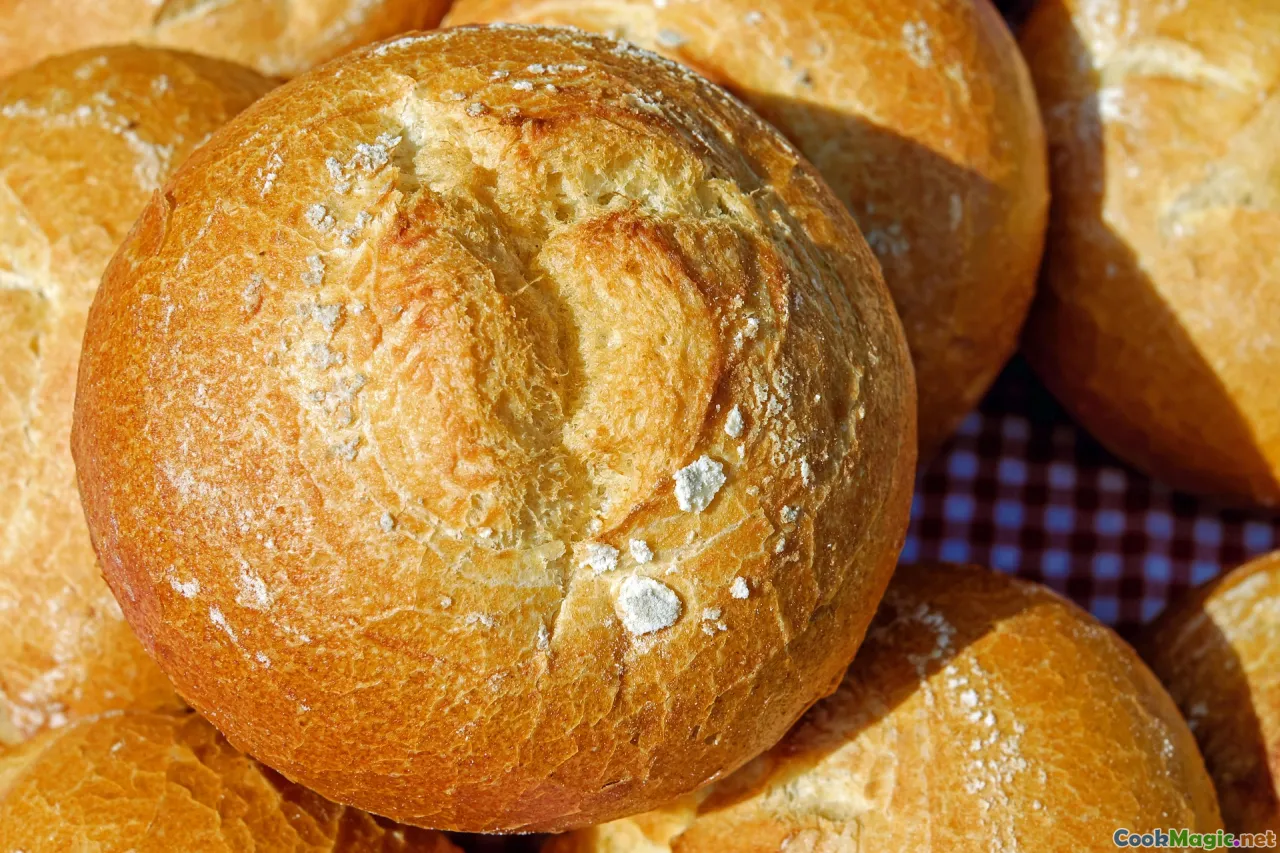
Tasting injera with intention reveals layers:
- Initial aroma: lactic brightness—yogurt and green apple peels—framed by warm grain. Brown teff adds cocoa-nib bitter and petrichor.
- First bite: a gentle tang hits the sides of the tongue; salt heightens the grain’s sweetness. The crumb compresses and springs.
- Mid-palate: a whisper of toasted hay, faint minerality (iron, calcium), soft nut notes. Sauce begins to seep, binding to the network.
- Finish: clean, lemony; lingering warmth if paired with berbere; a faint sweetness that echoes the grain.
This architecture is adjustable. If you prefer more lactic than acetic acidity, keep fermentation cooler and longer. If you want a brighter, sharper tang, allow a slightly warmer ferment and stir less often so acetic producers can bloom near the surface. Salt at the end keeps bacteria honest and flavors clean.
Tips for mastering the pour

- Stir before every ladle. Bubbles rise; you want an even suspension.
- Start at the outer rim and spiral inward. If your pan is round and heavy, a small wrist tilt finishes the spread.
- If the batter hesitates and leaves bare spots, your batter is too thick. Thin in small increments.
- Do not overfill. Thin injera cooks evenly and forms elegant eyes. Thick injera can gum.
- Commit to the lid. Steam sets the top as the bottom cooks. If the top remains glossy after 45 seconds, give it another 10–15 seconds.
- Cool on cloth. A clean cotton towel wicks moisture without sticking. Paper can grab.
Practice cures most ills. In two or three sessions, your body will memorize the timing the way it memorizes how to flip an omelet.
Sanity-saving hacks for busy kitchens
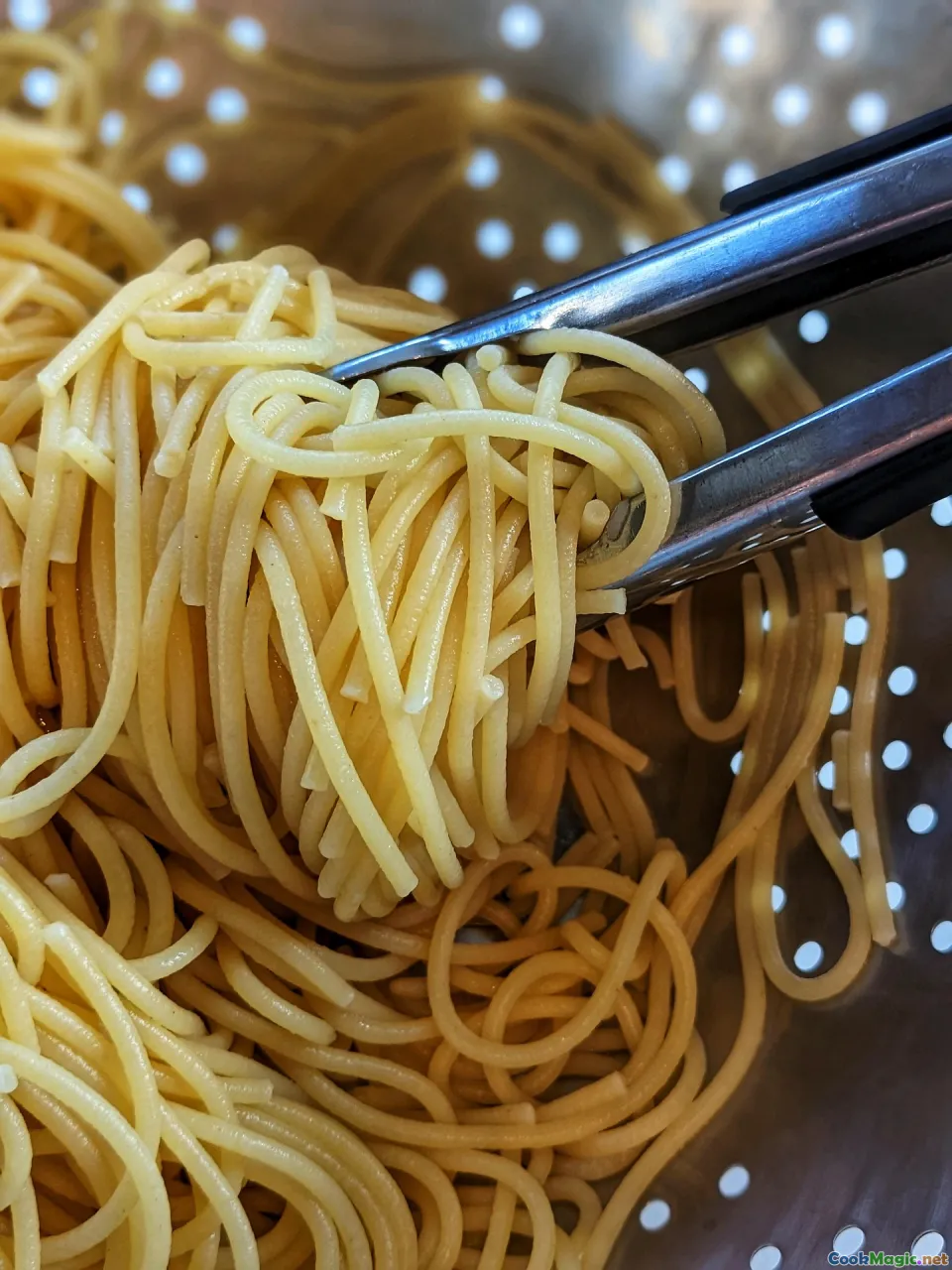
- Refrigerate part of your batter after Day 2. Cold slows fermentation; the flavor will hold while you cook as needed. Bring to room temperature and stir before cooking.
- Freeze cooked injera in stacks separated by parchment. Reheat by steaming for 30–45 seconds or microwaving under a damp towel.
- Keep a small jar of ersho in the fridge. Even a few tablespoons jump-start the next batch’s flavor.
- Plan around fasting days. Vegan stews hold well and make excellent leftovers; injera spans multiple meals without losing charm.
Nutrition, sustainability, and the small seed that could
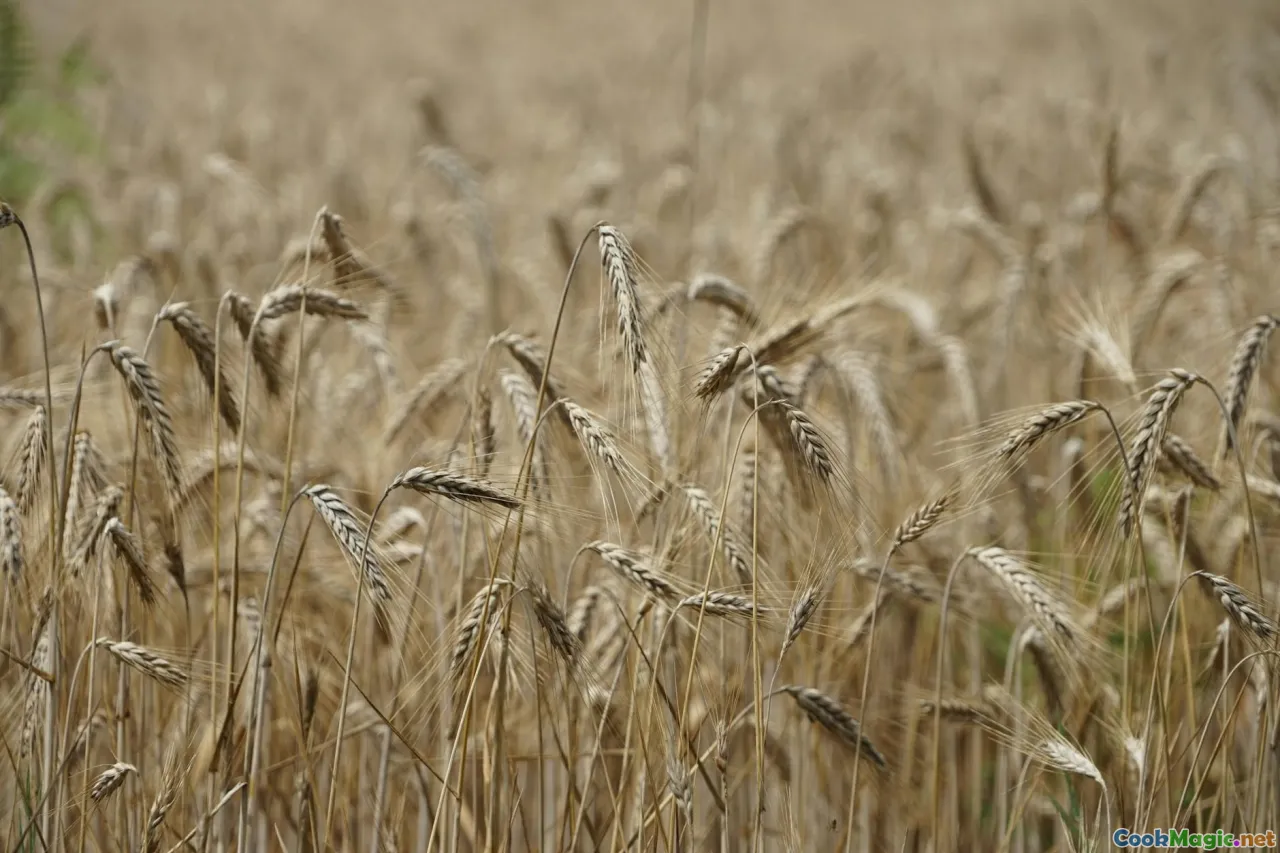
Teff is resilient, thriving in marginal soils and variable rainfall. Its small seed yields densely nutritious flour: rich in fiber, high in calcium and iron for a cereal, a source of resistant starch. For those who avoid gluten, teff is a boon not just as a substitute but as a distinct pleasure. Grown with care—by farmers in Ethiopian highlands and by producers in Idaho or Nevada—teff connects ancient agriculture to contemporary kitchens.
Sustainability is not only about the field; it is about how we eat. An injera-centered meal, abundant in legumes and greens, has a lighter footprint and satisfies deeply. The bread transforms even simple stews into a banquet.
A story from a steam-clouded night in Addis

It was raining, the kind that smells of electricity and wet dust, and we ducked into a small place near Bole. The cook’s hands moved in a choreography so practiced it looked like dancing: ladle, spiral, lid, lift, lay. The room was loud with laughter and the clatter of metal bowls. We ordered tibs that arrived gleaming with butter and jalapeño, and misir wot that tasted of slow onions and respect. The injera was pliant and alive, the last piece stained cinnabar from berbere. A little girl at the next table fed her grandmother a careful gursha, eyes intent. The grandmother laughed and blessed her. In that moment, with steam fogging the windows and the city humming beyond, the bread felt like language.
Back home, when I pour batter onto a hot pan in the quiet of evening, that memory returns. The eyes form. The lid whispers. I lift the edge with my fingers, still warm, and I can almost hear the rain on the tin roof in Addis.
Advanced variations: blending grains and building custom flavor
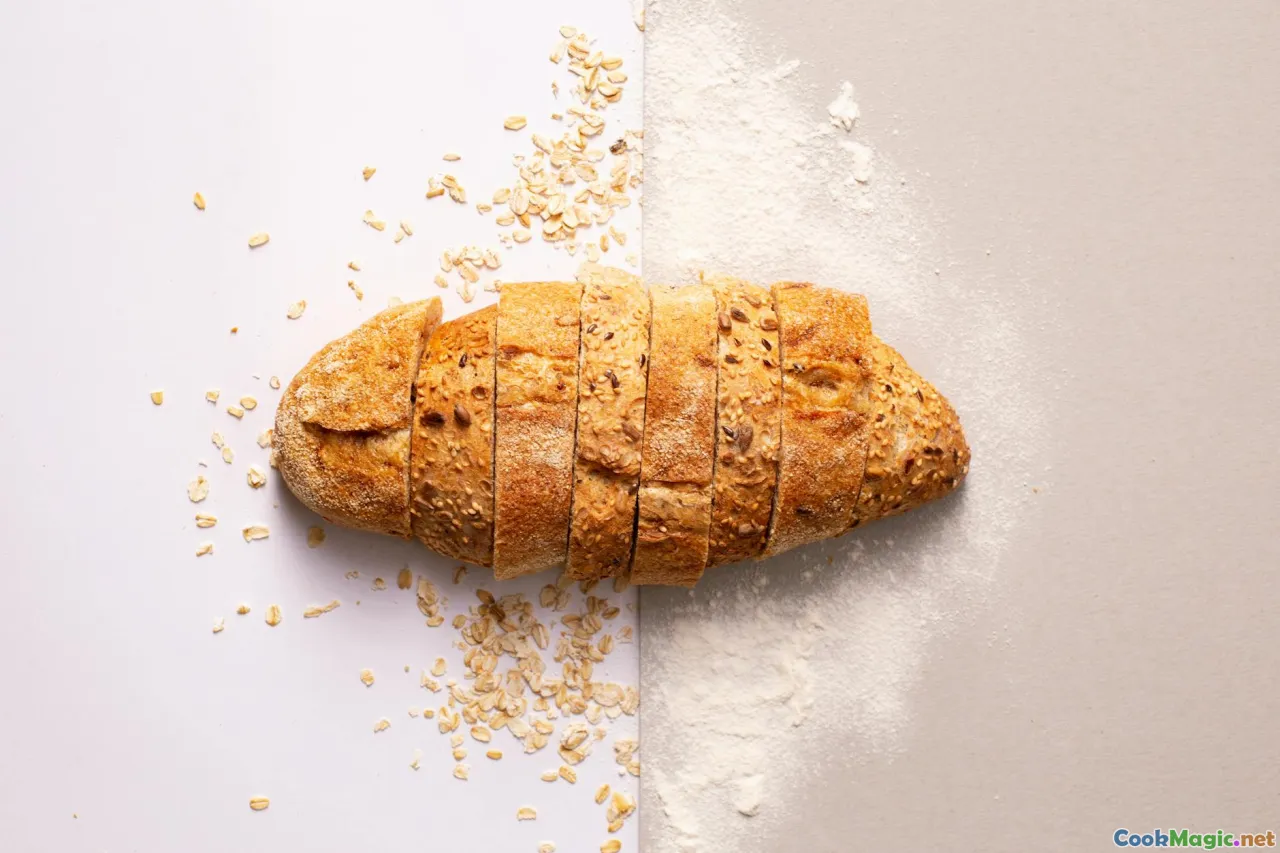
While 100 percent teff is canonical, regional and personal styles often include other grains:
- Sorghum: Adds softness and a mild sweetness; a 20–30 percent addition can make a more elastic crumb on small pans. Ferments eagerly.
- Barley: Contributes malt notes, a subtle biscuit fragrance; watch hydration as barley absorbs less water than teff.
- Wheat: Used in some diaspora kitchens for increased pliability. Even 10–15 percent can significantly change texture.
When blending, keep total hydration in the realm of heavy cream and taste carefully. Different grains shift the acidity profile. For a layered tang, try a cool ferment for 36 hours after absit and cook on day four. For brighter flavor, ferment warm and cook sooner.
The coffee ceremony and injera’s companion rituals

No discussion of injera is complete without coffee. A traditional ceremony begins with green beans roasted in a pan until they pop and go glossy, their smoke scenting the room with caramel and cedar. The beans are ground, then brewed in a jebena—a clay pot with an elegant neck—poured into tiny cups. Incense burns. Popcorn or toasted barley may appear. Injera is often part of the table, a humble, steady presence.
I remember the first time I cradled a cup of buna after a long meal: bright acidity, an echo of red fruit, then chocolate. The injera in my stomach and the coffee in my hand made me feel anchored, like stones arranged in a circle.
Leftovers become tomorrow’s delight

Leftover injera is a gift. It reheats beautifully, coming back to life with a minute of steam. It also makes:
- Breakfast firfir: tear injera into strips, sauté in niter kibbeh with berbere and a splash of leftover stew until it drinks up the sauce. Finish with yogurt or a crumble of fresh cheese.
- Crisp chips: brush with oil, sprinkle with berbere and salt, bake at 175°C (350°F) until crisp. Dip into awaze (a berbere-honey-mustard sauce) or hummus.
- Wraps: roll around soft scrambled eggs with collards and a hit of mitmita.
Store cooked injera wrapped in a cloth inside a sealed bag in the fridge for up to 3 days, or freeze for longer. Re-steam to revive.
A cook’s checklist for repeatability

- Weigh flour and water. Consistency is freedom.
- Use filtered water and mind your room temperature.
- Embrace absit for 100 percent teff.
- Stir the batter before each pour.
- Steam decisively; do not hover with the lid half off.
- Rest cooked injera on cloth; do not stack until warm, not hot.
- Keep ersho for next time; you are building a house culture.
Note your observations in a small notebook. It takes only a minute, and your future self will thank you.
Frequently asked curiosities from culinary friends

- Can I ferment in the fridge? Yes, after an initial room-temperature kickstart, a cold ferment produces clean flavors. Plan for 3–5 days and taste daily.
- Can I speed it up? A warm spot will shorten times, but do not overshoot; above 30°C (86°F) can skew the microbial balance. A small spoon of sugar can push activity, but it is rarely necessary with fresh teff.
- Do I ever flip injera? Traditionally, no. Steam sets the top. If your stove is very weak, you might experiment with a 5–10 second flip, but it often toughens the surface.
- Why is my batter gray? Teff darkens as it ferments; gray-tinged batter is not a problem if the aroma is clean and sour. If it smells off—cheesy or rotten—discard and start fresh.
- Can I use a sourdough starter from wheat? You can inoculate teff batter with a small amount; the microbes will transition. The flavor will differ. For a teff-forward taste, grow a dedicated teff starter.
Why cook injera at home?

Because it transforms your kitchen into a conversation with a place that has been baking this bread for centuries. Because it teaches patience that is not passive—an attentive patience, a listening. Because when you tear a strip to scoop up misir wot and feel the heat of berbere, you are using the most ancient utensils: your hands and your intuition.
Once, on a winter night far from Ethiopia, I cooked injera for friends. Snow fell outside, muting the world. Inside, the pan hissed, the lid clouded, and the room smelled of warmth. We ate around one big platter—lentils, greens, and a small dish of fiery awaze—talking until the candles shortened. The last piece of injera was stained red and tasted of every dish, every story. When someone tore it, we all laughed and leaned in. The bread had done what it always does: it turned food into a memory we could hold.
If you begin a batch tonight, you are three days from that kind of evening. Start with teff and water, a bowl and a cloth. Let the batter breathe. Learn its exhale. When you pour the first spiral and the eyes open, you will feel it—the quiet click of technique meeting tradition. And then, with steam rising and the bread warm in your hands, you will carry it to the table and see what it was all for.









